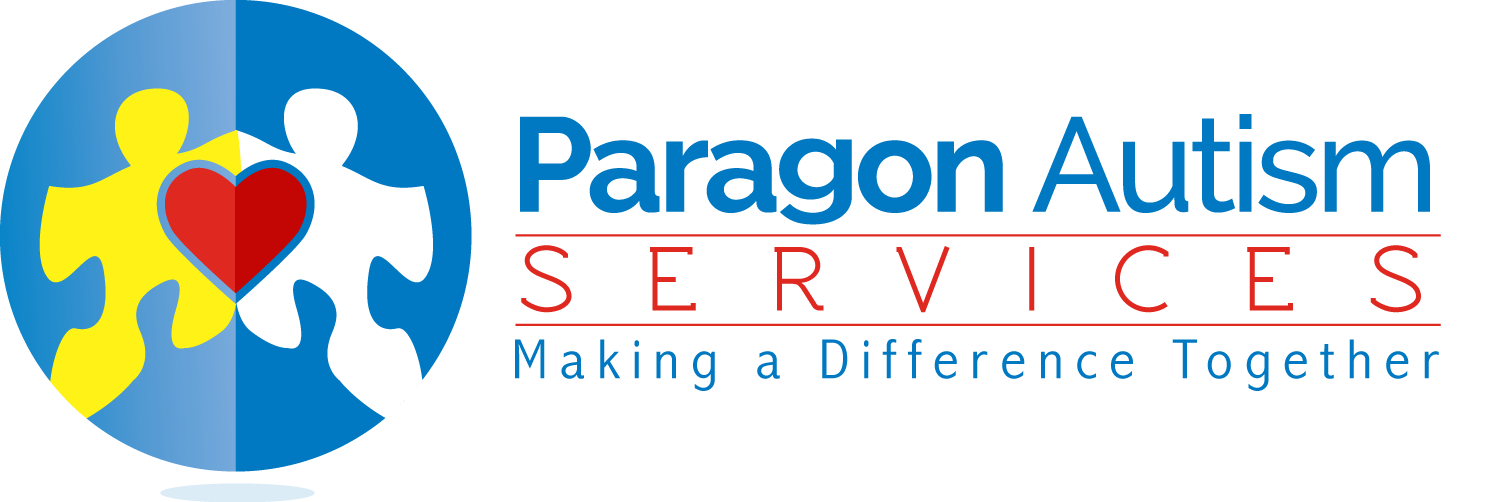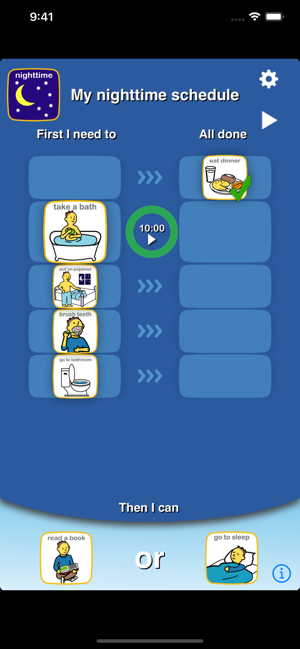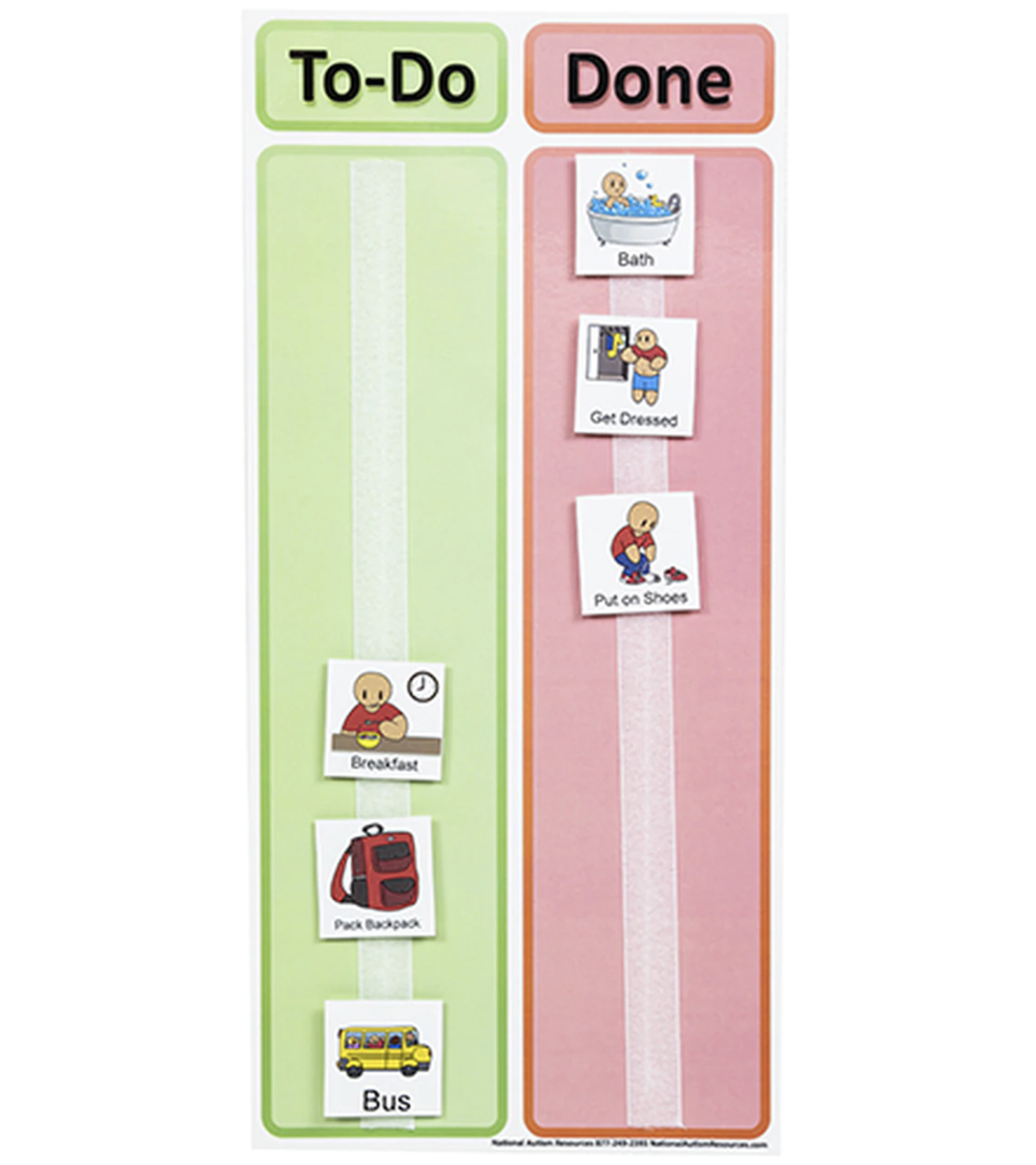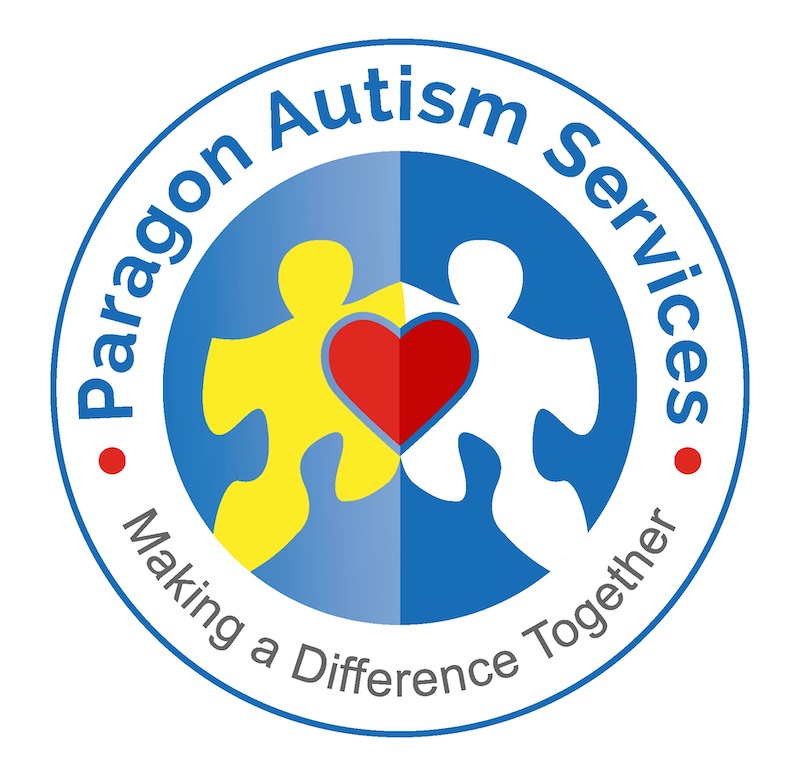
There are myriad ways to improve behavior, but they all rest on the concept of reinforcement. What gets rewarded and what gets ignored or punished? As we traverse this unfamiliar COVID-19 landscape, an already challenging journey - parenting - becomes an order of magnitude more so without school, in-home supports, or friends/community. This article will take you through some simple, effective, and evidence-based things to consider to help lessen the burden on you by increasing your child’s positive behaviors after investing just a little bit of time and effort.
The overarching concept we will discuss - creating a stay-at-home schedule - is maybe a familiar one, but if you have tried to use one before, you may have found it is often easier said than done!Nevertheless, establishing a healthy routine is essential for children to feel secure and stable during this unprecedented time - some will do it on their own or with a little coaxing, depending on their age and disposition, but some may not and instead become obsessive or dysfunctional. Indicators that a child needs a new schedule or modifications to an existing schedule include increased (in relation to pre-COVID-19 levels) problem behavior such as self-injury, aggression or tantrums/meltdowns, increased obsessive or perseveration behavior, or increased task refusal.
 image credit: Bee Visual, LLC |  image credit: nationalautismresources.com |
If you have set up a schedule already, that’s fantastic, keep reading to see if you’ve avoided the common pitfalls. If you don’t have a schedule or haven’t made one before, don’t fret, this will review a few key things to consider and at the end I’ll give you some more resources for creating your own from scratch. If you are more of a fly-by-the-seat-of-your-pants parent who doesn’t see the need for a schedule, I can identify with that, but consider integrating some of these things and see if they make a positive difference - they often will with children in these populations.
- If you want your child to successfully use a schedule, commit to using the schedule day in and day out - consistency is a major determining factor for an intervention’s success or failure.
- Be sure that you or someone else can do the routine. Don’t be overzealous, it’s better to start small and be successful than to make it too complicated and become burned out or frustrated.
- If you happen to fail (as we all do!), don’t let it get you down, start again tomorrow.
- Give your child (and yourself) time to adjust before making major changes. This usually will take at least a week or two, try and be patient and count the little victories!
- Make sure the child can understand and see the schedule - meet them where they’re at developmentally and carry the schedule around all day if necessary!
- The child won’t benefit from this support if it is too difficult to understand or not available to see regularly. With that said, if you have an early learner don’t sell them short and assume they won’t be able to pick up on it. With consistent implementation and reinforcement, they might surprise you!
- If the child cannot read a schedule, use pictures. If the child can’t attend to pictures - use sign language, objects, simple phrases, and/or songs. Consistency is much more important than professional quality here, you have license to be creative!. Bonus points here if the kids help you create the schedule!
- TIP: Ensure that if you are using pictures for different elements of the routine that they are easily distinguishable, so your child doesn’t mix them up, which can lead to frustration.
- TIP: There are numerous free “Visual Schedule” apps available on tablets/iPhones, which are great - but don’t be afraid to get crafty with some poster board/paper and crayons/markers - either way works just fine in most cases.
- TIP: See the end of the article if you want more guidance on how to actually create the schedule.
- Ensure playtime with you as the parent/caregiver is a part of the schedule if at all possible (ideally several times per day).
- This effort at increasing rapport with the child can, if done successfully, reduce behavioral issues significantly without any further interventions.
- To ensure you are successful with this, make sure that this playtime is F-U-N for the child and don’t be too demanding or strict during play.
- Add generous breaks and rewards after non-preferred elements in the schedule and make sure the rewards are actually rewarding!
- Reinforcement/rewards must come after the behavior - or, in this case, the task in the routine. If you give your child access before having the complete the task on the schedule, you have bribed rather than rewarded.
- How long you give access or “how much” of a reward you deliver will depend on the child.Developmentally younger children need more frequent rewards (not necessarily a longer time overall, however) for these tasks compared to developmentally older children. Be generous with the rewards and don’t scale back rewards too quickly (fade them out in weeks, not days).
- For exceptionally difficult or non-preferred tasks, consider breaking them up and including short breaks for play or reinforcement in the middle (or even several of these).
- TIP: Give your child a variety of rewards so they don’t become bored or satiated!
- TIP: If social rewards like special 1:1 time, praise, or family games are preferred for your child, use those!
- Be intentional about what you include on the schedule and try not to add too much or too little.
- For a developmentally older child, this may include meal times, routine activities (baths, dressing, brushing teeth, etc.), specified times for access to preferred activities (games, screens, special toys), and specified times for access to other things (hobbies, crafts, outside time, etc.).
- Make to the routine work for you and your child - you may not need a schedule for all day, perhaps it is just the morning hours where you have the most trouble, or an especially rough night time routine - try starting there.
- Ensure there is a “cross-off” or “all done” mechanism, if possible.
- Allowing the child to cross the item off after it is done or move it over to an “all done” section helps drive home the overall concept and can eventually, all on its own, serve as a reinforcer (task completion).
- TIP: For some kids, physically removing the picture icon from the schedule and putting it “away” (in a little bag or envelope attached to the schedule) is most easily understood.
- Allowing the child to cross the item off after it is done or move it over to an “all done” section helps drive home the overall concept and can eventually, all on its own, serve as a reinforcer (task completion).
- Do not remove items on the schedule on the fly as a direct result of inappropriate behavior.
- For some this will be the hardest item on the list, but also the most important, since it goes hand in hand with consistency. Instead of removing a challenging item due to a rough day or a behavior issue, try to continue the routine with heightened level of reinforcement and encouragement, or perhaps give a little more prompting/assistance - but follow through!
- TIP: DO change items on the schedule as a result of natural changes in the routine, this helps promote flexibility, but be sure to show your child these changes!
If you can incorporate these things into your child’s life, I am confident that most of you will see improvement in your child with autism or special needs’ overall temperament and behavior. You may see improvement in their ability to follow directions and maintain their composure throughout the day - and with more structure/predictability they should engage in less repetitive/perseverative behavior as well.
If you don’t see improvement in your chid’s behavior after doing these things, or if the behavior is so severe that you worry for you, your loved one’s, or your child’s safety, I would encourage you to reach out to an ABA (Applied Behavior Analysis) provider to see about starting Telehealth services (and eventually direct in-home services after COVID-19). Applied behavior analysis (ABA) can increase communication skills, play skills, social skills, motor skills, and self-help skills - while also helping catch up on developmental milestones - in addition to reducing inappropriate behaviors!
Paragon Autism Services has been helping children and families of children with autism and other developmental disabilities since 2013. We serve individuals up to age 21 with Medicaid in the greater Fredericksburg and Prince William County areas. Call 540-479-3889 and leave a message (we check message remotely due to COVID-19) to start receiving ABA services as soon as possible!
Resources for making a schedule:
- Create a picture schedule: https://www.ecmhc.org/TTYC/documents/Folder5VisualStrategies/FileB%20HowMakeVisSched/HowMakeVisSched.pdf
- Buy a picture schedule: https://tinyurl.com/ybk6y8hu
- An example of app-type schedule: https://apps.apple.com/us/app/choiceworks/id486210964 (this is a paid app but there are free ones as well, just search for “visual schedule” or “picture schedule” in your app store)

Thanks for reading, stay safe!


